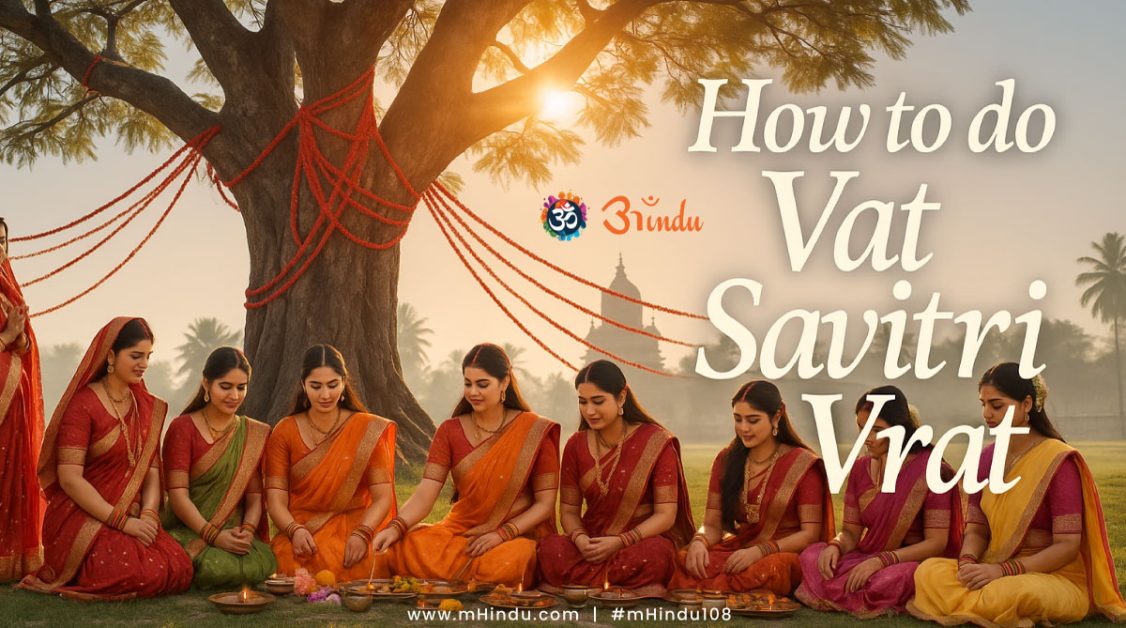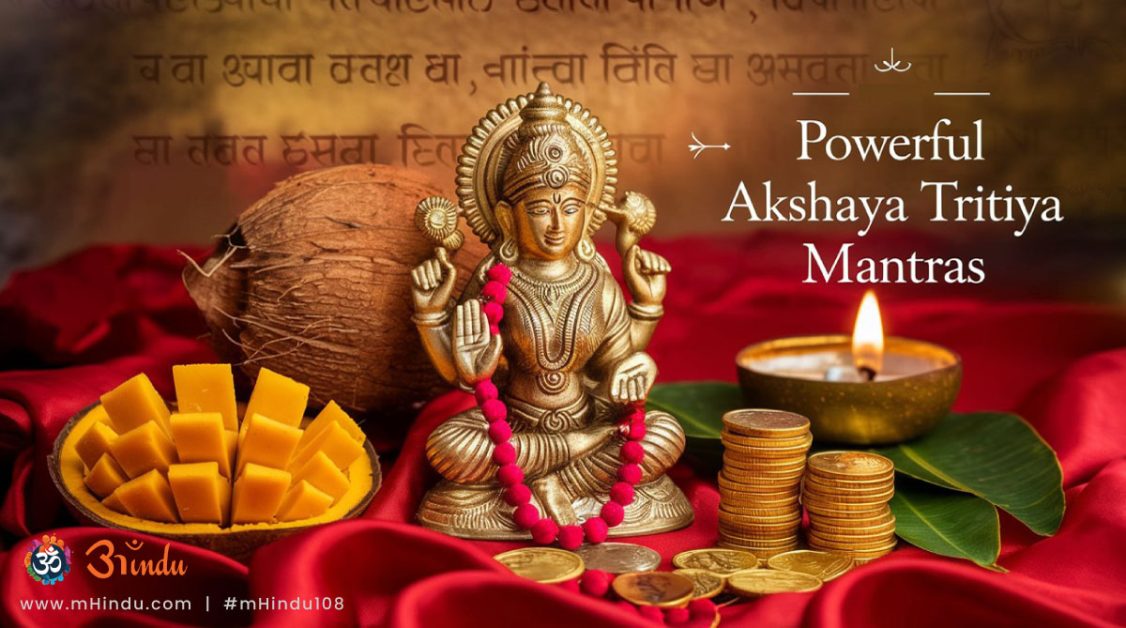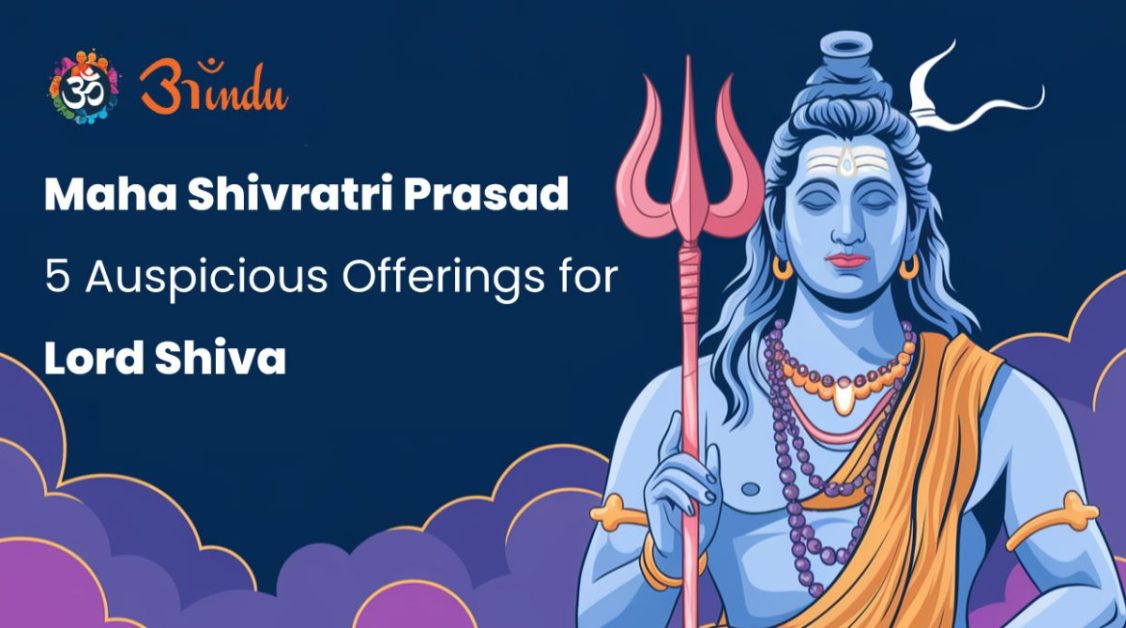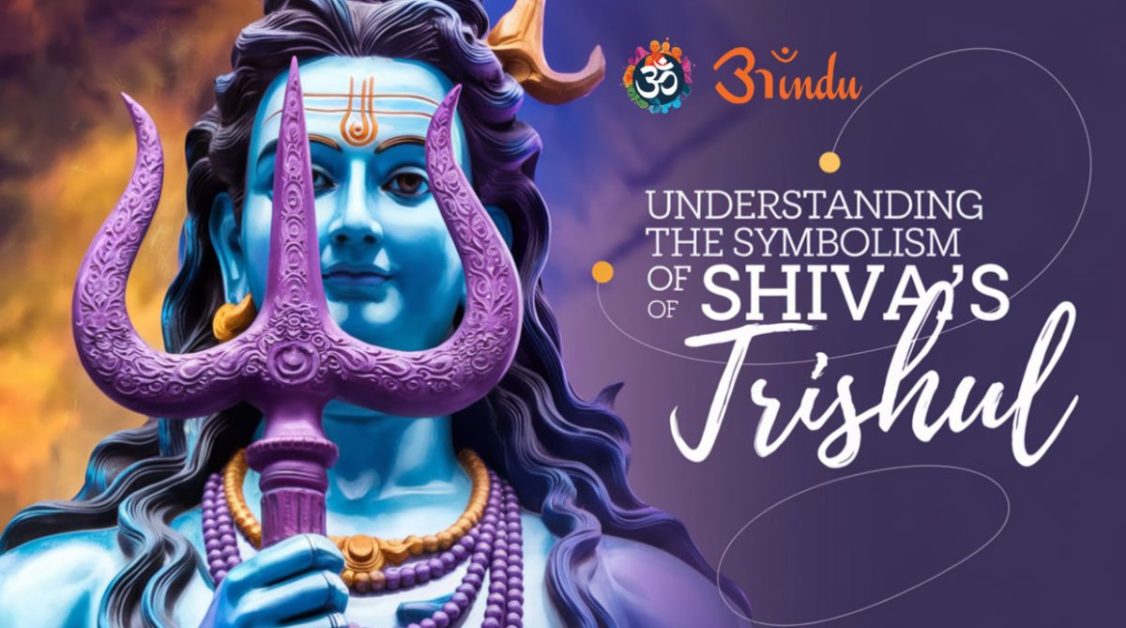
Introduction
The early morning silence of Jyeshtha Amavasya carries a sacred vibration across many Hindu households. Married women rise before sunrise, adorned in traditional attire, hearts filled with devotion, and hands preparing the puja thali. For them, Vat Savitri Vrat is not just another ritual — it is a living act of love, strength, and divine connection. But a question often arises, especially for the younger generation or those living in cities: How to do Vat Savitri Vrat properly at home?
Explore Blog Content
ToggleThe keyword “How to do Vat Savitri Vrat” echoes across Google during this time — a genuine reflection of women seeking to uphold tradition with purity and precision. And rightly so. Because this vrat, rooted in the tale of Savitri and Satyavan, deserves to be performed with heartfelt intention and correct vidhi.
Many women search online, typing “Vat Savitri Vrat kaise kare?” — a simple yet heartfelt question that reflects the desire to perform this vrat with devotion and correctness.
Unlike festivals where celebrations are communal, Vat Savitri Vrat is deeply personal — a woman’s private yet powerful dialogue with the divine. Each ritual — from tying the thread around the Vat tree to fasting without water — holds spiritual symbolism that uplifts her inner strength and protects her marital bliss.
But it can feel overwhelming, especially for those performing it for the first time. Questions like:
- What should be in the puja thali?
- What mantras should be chanted?
- Can the vrat be done without a banyan tree?
This blog answers all of these, and more. Here, you will find a complete, culturally rooted, yet practical guide to step-by-step rituals, puja vidhi, and correct muhurat timings — whether you’re at home, near a temple, or even abroad.
“श्रद्धावान् लभते ज्ञानं”
“One with faith gains knowledge.”
— Bhagavad Gita 4.39
Through this vrat, women embody the essence of Savitri — whose shraddha (faith) was so strong, it bent the laws of death. Let this blog be your companion in performing this sacred vrat with clarity, devotion, and cultural grace.
Preparations for Vat Savitri Vrat
Before stepping into the rituals, the preparations begin much earlier — ideally a day or two before Jyeshtha Amavasya. Just as Savitri prepared for her penance with focused intent, so must the vrat performer begin by purifying her thoughts, surroundings, and actions.
Mental & Spiritual Preparation:
- Begin by keeping your mind calm, avoiding anger or harsh speech. The vrat is as much about inner sattva (purity) as external offerings.
- Chant the name of Savitri, or recite Gayatri Mantra in the days leading up to the vrat.
- If possible, read or listen to the Savitri Katha or watch a devotional story video to enter the right spiritual mindset.
Items Needed for Vat Savitri Vrat Puja:
Prepare your Puja Thali with:
- 16 Suhag items (Solah Shringar): bangles, sindoor, bindi, mehendi, mangalsutra, etc.
- Kalash with water
- Red cloth
- Raw rice
- Sacred thread (kalawa or moli)
- Five fruits (especially bananas, mangoes)
- Soaked black gram (optional in some regions)
- Copper coins or coins washed in Gangajal
- Sweets (preferably homemade or pure vegetarian sweets)
- Incense sticks, diya, camphor
- Idol or image of Savitri-Satyavan, or a symbolic representation
Additional Items:
- If you have access to a real Vat (banyan) tree: clean the area around it, sprinkle Gangajal, and prepare to tie sacred threads around it.
- If not, prepare a symbolic tree (details in Section 3).
- Prepare your fasting plan — whether nirjala (without water) or phalahar (fruit-only) — and inform family members to assist as needed.
“व्रतेन हि धर्मः सम्यक् स्थायित्वं लभते सदा”
“By observing vrata, one stabilizes dharma within.”
— Skanda Purana
The preparation is more than just logistics. It is about setting your sankalpa — a mental resolution that this vrat will be performed with devotion, love, and faith — just like Savitri did.
What should be included in the Vat Savitri Puja Thali?
Your thali should include 16 suhag items, a kalash with water, red cloth, sacred thread, fruits, sweets, incense, and an idol or image of Savitri and Satyavan.
When should the preparations for Vat Savitri Vrat start?
Ideally, a day or two before the vrat, to collect puja items, clean the space, and enter into a spiritually calm state.
Vat Savitri Vrat Puja Vidhi: Complete Step-by-Step Ritual Guide
The Vat Savitri Vrat puja vidhi begins early in the morning, ideally during Brahma Muhurat, and follows a sacred sequence of steps rooted in ancient texts like Vratraj and Skanda Purana. This is the heart of the vrat — the sacred sequence of rituals that transforms devotion into action. Here is a clear, detailed breakdown of how to do Vat Savitri Vrat step by step, aligned with traditional scriptures like Vratraj and Skanda Purana.
Step 1: Early Morning Bath and Sringar
- Wake up during Brahma Muhurat if possible.
- Take a ritual bath (preferably with a pinch of turmeric or Ganga jal).
- Wear clean, auspicious clothes — preferably red, yellow, or orange.
- Apply sindoor, bindi, bangles, anklets — all elements of solah shringar to honor the marital bond.
Step 2: Prepare Puja Thali and Kalash
- Fill the kalash with water and place mango leaves and a coconut on top.
- Decorate the puja thali with all the required items (see Section 1).
- Offer prayers to Ganesha and your Ishta Devata before starting.
Step 3: Vat Tree Worship
- Proceed to the Vat Vriksha (banyan tree) or your symbolic version.
- Sprinkle water around the tree, apply kumkum and haldi on its bark.
- Tie the sacred thread around the tree, seven times in clockwise direction.
- Chant this mantra while tying the thread:
“वटवृक्षं परिक्राम्य पतिं चिरंजीविनं कुरु”
“O sacred Vat tree, as I circumambulate you, may my husband live long.”
Step 4: Read or Listen to Savitri Katha
- Sit calmly and read or listen to the Savitri-Satyavan story.
- Visualize the story, and reflect on Savitri’s courage, resolve, and wisdom.
Step 5: Offer Arghya and Prayers
- Offer raw rice, flowers, fruits, and coins to the Vat tree or symbolic altar.
- Light a diya and incense sticks. Offer arghya (water) with a prayer for your husband’s health and happiness.
- Optional: Chant Gayatri Mantra 11 or 21 times.
Step 6: Conclude with Aarti and Dakshina
- Perform aarti of the Vat tree and of Savitri’s image.
- Offer dakshina or gifts to a Brahmin or another married woman (suhaagan).
- If fasting, you may now eat fruits or wait until sunset depending on your tradition.
What is the correct way to tie thread on Vat tree during this vrat?
Tie the sacred thread around the Vat tree seven times clockwise while chanting mantras or silently praying for your husband’s long life.
Vat Savitri Vrat kaise kare — in simple steps?
Begin early in the morning with a bath and solah shringar. Prepare the puja thali, offer water and red thread to the Vat tree (or symbolic idol), listen to Savitri Katha, and pray for your husband’s longevity. Conclude with aarti and charity.
Is it compulsory to read the story of Savitri during the vrat?
Yes, reading or listening to Savitri Katha is an essential part of the vrat. It connects the ritual to its dharmic origin and strengthens your spiritual sankalpa.
Vat Savitri Vrat Rituals at Home: Without a Banyan Tree
For many urban devotees, performing Vat Savitri Vrat rituals at home has become both practical and spiritually fulfilling — especially when symbolic setups replace a physical banyan tree.
Many devotees live in places where a banyan tree (Vat Vriksha) isn’t accessible — such as apartments, urban cities, or even outside India. But Sanatan Dharma, with its inclusive and adaptable wisdom, offers symbolic ways to perform this vrat while preserving its full spiritual power.
The heart of Vat Savitri Vrat is not bound by location — it is in the intention (sankalpa), the shraddha, and the story of Savitri’s devotion. So whether you have a tree in your backyard or are living in a flat in Singapore, you can perform the vrat meaningfully at home.
Symbolic Representations of the Vat Tree:
- Silver or Brass Vat Tree Idol:
Small idols are available online or at local puja stores that depict the Vat Vriksha. Place it on a clean altar and decorate it with turmeric, sindoor, and red thread. - Sugarcane Vat Structure:
Two sugarcane sticks tied together can represent the Vat tree. Wrap them with red cloth, apply sandalwood paste, and perform the puja as usual. - Potted Plant Setup:
Use a healthy indoor tree or a tulsi plant as symbolic representation. Place a photo of the banyan tree behind it, and tie thread gently around the pot or stems. - Digital Darshan:
Some temples stream Vat Pooja rituals live. You can connect via phone or laptop and perform your puja along with it, using a symbolic idol at home.
Remember: Shraddha is greater than Shastra — sincere devotion is what truly pleases the divine.
“न भावे न व्रतेनैव, भक्त्या तुष्यति केशवः”
“Not by ritual alone, but by pure devotion does the Lord become pleased.”
— Vishnu Purana
Simple Home Puja Flow:
- Wake up early, bathe, dress in clean clothes.
- Set up your Vat tree idol or symbolic setup on a clean white or red cloth.
- Light diya and incense, perform sankalpa, tie the red thread around the setup seven times.
- Read Savitri Katha.
- Offer arghya, fruit, and flowers.
- Chant mantras or meditate silently.
- Conclude with aarti and offer charity.
How to do Vat Savitri Vrat in an apartment?
Use a symbolic Vat tree idol, or create a setup with sugarcane sticks or potted plant. The rituals, prayers, and devotion remain the same.
Can I perform the vrat online through temple livestreams?
Yes, if done with sincerity and focus. Many temples now offer livestreams — join them while performing your puja with a symbolic altar at home.
Timing, Muhurat, and Do’s & Don’ts for Vat Savitri Vrat
The sacred power of Vat Savitri Vrat is magnified when it is performed at the correct time and with heartfelt devotion. Hindu festivals are deeply connected to the lunar calendar, and this vrat is traditionally observed on Jyeshtha Amavasya — the new moon day of the Jyeshtha month.
In 2025, the vrat will be observed on:
🗓️ Vat Savitri Vrat Date (North India):
Monday, May 26, 2025🌑 Amavasya Tithi Begins: May 26, 2025 at 12:11 PM
🌑 Amavasya Tithi Ends: May 27, 2025 at 08:31 AM⏰ Recommended Puja Muhurat:
Morning of May 27, 2025 before 8:00 AM (before Amavasya ends)
Women in North Indian states such as Uttar Pradesh, Bihar, Madhya Pradesh, Punjab, and Delhi observe this vrat on Jyeshtha Amavasya.
🔁 In Maharashtra, Gujarat, and Southern India, the vrat is celebrated on Vat Purnima (Full Moon Day), which in 2025 falls on Tuesday, June 10, 2025. Both versions are based on regional lunar calendars but carry the same spiritual meaning.
Do’s for Performing Vat Savitri Vrat:
- Wake up early (ideally during Brahma Muhurat, 4–6 AM) and bathe before sunrise.
- Wear clean, auspicious-colored clothes (preferably red, yellow, or orange).
- Observe nirjala vrat (no food or water), if health permits. Else, perform phalahar vrat (fruits only).
- Chant the Savitri-Satyavan story aloud or listen to it with focus.
- Perform puja facing East or North direction.
- Offer prayers to the Vat tree (or symbolic representation) with sacred thread, water, rice, and flowers.
- Conclude with aarti and daan (offering to Brahmins or married women).
Don’ts to Avoid During the Vrat:
- Do not consume onion, garlic, or tamasic foods on the previous day.
- Avoid cutting nails or hair during vrat.
- Don’t wear black or dull-colored clothing.
- Refrain from gossip, arguments, or harsh speech — maintain a pure and peaceful mind.
- Don’t skip Savitri Katha, as it is the heart of this vrat.
- Don’t break the fast before completing all puja steps with sincerity.
“यथा कालं तथा कर्म”
“Right action at the right time leads to divine success.”
— Sanatan Dharma philosophy
This vrat is more than a ritual — it is a meditation in action. By aligning with the correct muhurat, following the ancient vidhi with love and mindfulness, the vrata becomes a living embodiment of Savitri’s strength and dharma.
What is the correct date and time for Vat Savitri Vrat in 2025?
The vrat is to be observed on May 26, 2025 in North India, with puja done before 8:00 AM on May 27 (before Amavasya ends). In Maharashtra and parts of South India, it will be observed on June 10, 2025 (Vat Purnima).
Can working women perform the vrat later in the day?
The vrat should ideally be completed before the end of Amavasya Tithi on the morning of May 27, 2025. However, if unavoidable, a symbolic puja with full devotion may be done before sunset on May 26.
Spiritual Meaning Behind Each Ritual of Vat Savitri Vrat
In Sanatan Dharma, rituals are not empty actions — they are sacred expressions of deep spiritual truths. Every gesture, offering, and chant in Vat Savitri Vrat carries symbolic meaning, woven with stories of love, dharma, and divine strength.
Let’s explore the hidden spiritual wisdom behind the core elements of this vrat:
The Banyan Tree (Vat Vriksha)
The Vat tree is not just a tree — it is considered a Kalpa Vriksha, a divine wish-fulfilling tree. Symbolically, its aerial roots represent continuity of life, while its vast canopy offers shelter, protection, and dharmic stability.
Tying threads around the Vat tree during the vrat is an act of invoking eternity in relationships, asking for a marital bond that stands strong across lifetimes — just like the ever-growing branches of the tree.
The Sacred Thread (Kalawa or Moli)
Tying the red thread seven times around the tree mirrors the seven sacred vows of marriage. It is believed that this thread binds your prayers, your love, and your destiny — ensuring protection from negative energies and invoking the blessings of Brahma, Vishnu, and Shiva.
Solah Shringar (Sixteen Adornments)
Each adornment — from bangles to bindi — symbolizes one aspect of the divine feminine power (Shakti). Wearing solah shringar during the vrat honors womanhood in its most sacred form, celebrating life, fertility, and strength.
It also represents the full cycle of devotion — not as submission, but as a choice to stand tall in love and dharma, just as Savitri did.
Savitri Katha (The Story)
The story of Savitri and Satyavan is not just a myth — it’s a spiritual dialogue between faith and fate. By listening to or narrating this katha, a woman invites the energy of Savitri tattva into her life — courage, intellect, loyalty, and the power to change even destiny through dharma.
Offerings: Rice, Flowers, Fruits, Coins
- Rice: Symbol of stability and purity
- Fruits: Abundance and fertility
- Flowers: Devotion and surrender
- Coins: Gratitude for prosperity
Offering them to the Vat tree and the divine couple is an act of releasing ego and offering back what we have received — a core tenet of Hindu spirituality.
Lighting the Diya
The flame represents the inner fire of resolve (sankalpa). It lights up not only the ritual space but also the devotee’s heart, purifying intention and connecting the soul with divinity.
“द्रव्यं देशः कालः मंत्रः श्रद्धा च स्वर्गसाधनम्।”
“Material, place, time, mantra, and faith — all together lead to divine outcomes.”
— Manu Smriti
Every action in this vrat is part of a larger spiritual puzzle. Together, they awaken a woman’s connection with Devi Savitri — the goddess of fidelity, intellect, and unwavering strength.
Why are each ritual elements of Vat Savitri Vrat important?
Each element — from the tree to the thread — represents a deeper truth of dharma, devotion, and divine protection. When performed mindfully, they create a sacred field of spiritual upliftment.
What does the story of Savitri teach us spiritually?
It teaches that unwavering faith, intelligence, and dharma can overcome even death. Savitri didn’t resist fate emotionally — she engaged Yama with wisdom, showing that the power of feminine dharma is indestructible.
Summary
Vat Savitri Vrat is more than an observance — it is a living dialogue between a woman’s devotion and the divine. Through fasting, rituals, chanting, and deep intention, married Hindu women across the world connect to the timeless strength of Savitri, the dharmic warrior who bent death itself with her words and wisdom.
This blog offered a step-by-step guide to understanding how to do Vat Savitri Vrat properly, with reverence and alignment to scripture. Whether you have access to a real Vat tree or are performing it symbolically at home, what matters most is your shraddha (faith).
Each element of the vrat — from waking up early, preparing the puja thali, tying the red thread, to narrating Savitri’s story — creates a sacred space where love becomes prayer, and marriage becomes a spiritual path.
As Sanatan Dharma teaches us — dharma is not about perfection, but about presence. When a woman offers this vrat with sincerity, she invites strength not just for her husband’s long life but also for her own spiritual evolution.
Let this sacred vrat be a day of renewal — of vows, of love, and of courage. May the shade of the Vat Vriksha protect your household, and may Savitri’s light illuminate your journey.
FAQs
1. How to do Vat Savitri Vrat at home without a banyan tree?
You can use a silver or brass Vat tree idol, sugarcane sticks, a tulsi plant, or any symbolic representation. The key is sincerity and devotion while performing the puja.
2. What items are needed in the Vat Savitri puja thali?
The thali should include 16 suhag items, sacred thread, red cloth, rice, soaked black chana, fruits, sweets, diya, incense sticks, and an image or idol of Savitri and Satyavan.
3. What is the right muhurat for Vat Savitri Vrat 2025?
For North India, the vrat is observed on May 26, 2025, and the puja should be done before 8:00 AM on May 27, before Amavasya ends. Check your local panchang for precise timing.
4. Is it necessary to keep a nirjala fast during Vat Savitri Vrat?
Traditionally yes, but based on health, a phalahar (fruit-only) vrat is also accepted. Devotion matters more than strictness in Sanatan Dharma.
5. Can Vat Savitri Vrat be performed during office hours?
If needed, you may perform a simplified puja early morning before work. Completing rituals before the tithi ends is ideal.
6. What is the significance of tying thread around the Vat tree?
The act symbolizes eternal bonding and protection. The banyan tree stands for longevity, dharma, and divine shelter — qualities a woman prays for in her marriage.
7. Is Savitri a goddess or a historical figure?
Savitri is a legendary dharmic woman whose story is told in the Mahabharata. Her character symbolizes divine feminine strength, often equated with Goddess Savitri in devotion.
8. Why is the Vat Savitri Katha important in the vrat?
The story is central to the vrat. It reinforces the spiritual values of strength, intellect, and dharma. Listening or reading the katha activates the vrat’s true energy.







